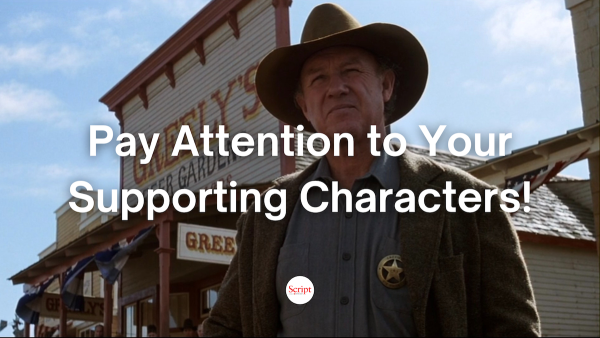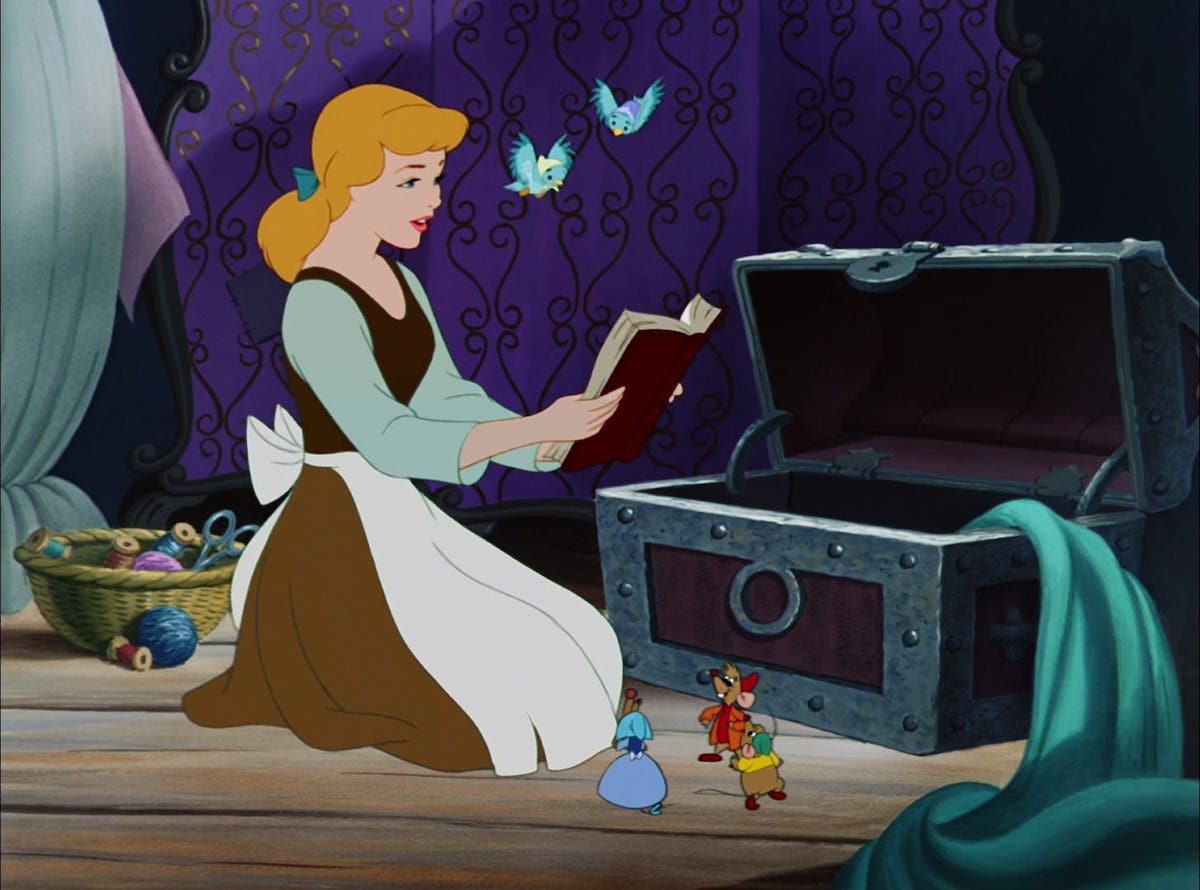Script Tip: Pets in Movies – How Can a Pet Improve Your Characters and Plot?
We often find ourselves with characters that seem a bit familiar, but are hard-pressed to find a way to freshen them without losing their essence. One solution that works is…
We often find ourselves with characters that seem a bit familiar, but are hard-pressed to find a way to freshen them without losing their essence. One solution that works is to give your characters a pet. This technique can do two key things to improve any character: Make a predictable character seem new, and the pet’s antics can provide invaluable plot twists in your story. Who would Dorothy be without her terrier, Toto? Toto makes Dorothy much more interesting and further, acts as the catalyst for the plot: First he digs up Miss Gulch’s flowerbed and then he runs away.
There’s an old saying: “Dogs have owners but cats have staff.”
Is your hero or heroine a cat person or a dog person? What about your villain or obstacle?
We tend to see "cat people" as sensuous, somewhat aloof, and prone to mood changes for no apparent reason. We also have stereotypes we associate with cat lovers. For example, if we heard of someone with seven cats we might imagine a weird old lady. Confounding that expectation was certainly part of the success of the character of Holly Golightly in the film, Breakfast at Tiffany’s. The glamorous courtesanplayed byAudrey Hepburn is a good example of how to turn the cat lady stereotype on its head. Also, Holly’s cat is what forces her to confront her feelings for the hero at the end.
It’s true that ”dog people” tend to be viewed as social, cooperative, and prone to getting along with others. But, in the film TheSilence of the Lambs, Jame Gumb is the arch villain who makes clothes out of the skins of women, yet owns a toy poodle. You certainly don’t think of him as being an easygoing guy but he dotes on his little dog, Precious. In addition to humanizing our villain, Precious provides a plot twist when Gumb’s intended victim tries to win her freedom in exchange for the dog’s life. Again, this is a way of using a pet to “un-stereotype” a character and advance the plot in an unexpected way.
Whether or not your main character currently owns a pet in your story chances are that she or he may have had a pet, or really wanted one and been denied it, in their childhood. All of these imaginary “facts” will affect your character’s behavior in your story, and you can incorporate them into the script.
To sum up, whether or not there is a pet in your current story, adding one or having the character remember one can add turn a stereotyped character into a fresh, original one, and can also help you advance the plot in new and surprising ways.
Here's the exercise:
Step 1. Set your timer for 15 minutes.
Step 2. As your main character, write in the first person tense (“I”) about “your” favorite pet in the script, or the one “you” always wanted as a child but could not have, or lost.
Step 3. Reminisce about the surprises, disappointments, unconditional love, or special bond that couldn't be found anywhere else, except through the relationship with this animal. Go on a little further, and describe how that experience changed the main character's outlook for life.
Step 4. Repeat the exercise for your villain or obstacle, again writing in the first person, as if you are the character for 15 minutes.
Step 5. Put the work away for a while.
Step 6. Review the work and see what if anything you can add to your current project.
Good Luck and Happy Writing!
Related Articles:
- More Script Tips from Marilyn Horowitz
- Writer’s Edge: Why Every Script Needs a Character Arc
- Inner Drives: What’s My Character Motivation? – At the Root of It All
Tools to Help:
- How to Write a Screenplay in 10 Weeks by Marilyn Horowitz
- The Four Magic Questions of Screenwriting: Structure Your Screenplay Fast by Marilyn Horowitz
- What Makes a Great TV Idea? Learn What Hollywood Looks for in a TV Idea and Pilot Script
Marilyn Horowitz is an award-winning New York University professor, author, producer, and Manhattan-based writing consultant, who works with successful novelists, produced screenwriters, and award-winning filmmakers. She has a passion for helping novices get started. Since 1998 she has taught thousands of aspiring screenwriters to complete a feature length screenplay using her method. She is also a judge for the Fulbright Scholarship Program for film and media students. In 2004 she received the coveted New York University Award for Teaching Excellence. Professor Horowitz has written several feature-length screenplays. Her production credits include the feature films And Then Came Love (2007).







